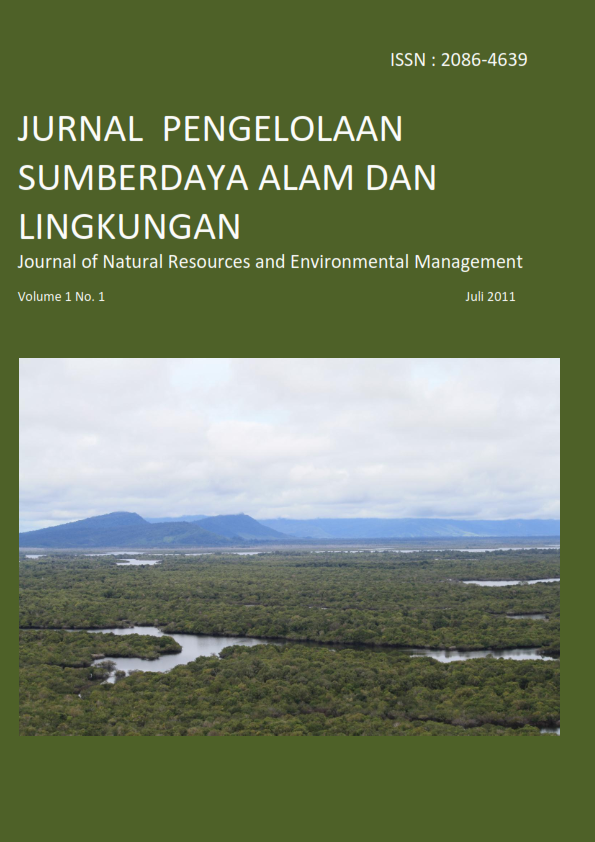KONSERVASI SUMBERDAYA ALAM DI TAMAN NASIONAL GUNUNG MERAPI: ANALISIS EKOLOGI POLITIK
Abstract
Gunung Merapi is one of the mountain ecosystem in the center of Java island. The ecosystem is located under the administration of Yogyakarta Special Province and Center of Java Province. Since May 4th, 2004, the ecosystem has been appointed as Gunung Merapi National Park under the decree of Minister of Forestry Number 134/2004. Polemic over the appointment has been emerged before the decree issued and still continuing after. This research has been conducted in 1) Ngargomulyo village, Dukun, Magelang, Center of Java Province, 2) Jurangjero sand mining area in Ngargosoka, Srumbung, Magelang, Center of Java Province and 3) Kaliurang tourism destination area in Hargobinangun, Pakem, Sleman, Yogyakarta Special Province on Juli 2005 and Juni-Juli 2006. This research aimed to 1) mapping natural resources right and access mechanism and 2) analyse conflict between Environmental Non-Government Organisations (ENGOs) and Government. Using political ecology analysis, the research shows that the appointment of Gunung Merapi National Park only benefiting them living in tourism destination and sand mining area, but giving uncertainty for them living in village as a farmer. The research also identified that the conflict between government and ENGOs is the conflict of conservation discourses. The strategy for the future development of Gunung Merapi National Park is suggested as follows: 1) government should understand the natural resource access mechanism which has been worked in the Merapi ecosystem and 2) government should work together with the grassroots organisation to implement policy in the field level and with the ENGOs to develop natural resources conservation discourses.
Key words: national park, access, conflict, political ecology, conservation discourses
Authors
Authors who publish with this journal agree to the following terms:
- Authors retain copyright and grant the journal right of first publication with the work simultaneously licensed under a Creative Commons Attribution License that allows others to share the work with an acknowledgement of the work's authorship and initial publication in this journal.
- Authors are able to enter into separate, additional contractual arrangements for the non-exclusive distribution of the journal's published version of the work (e.g., post it to an institutional repository or publish it in a book), with an acknowledgement of its initial publication in this journal.
- Authors are permitted and encouraged to post their work online (e.g., in institutional repositories or on their website) prior to and during the submission process, as it can lead to productive exchanges, as well as earlier and greater citation of published work (See The Effect of Open Access).






